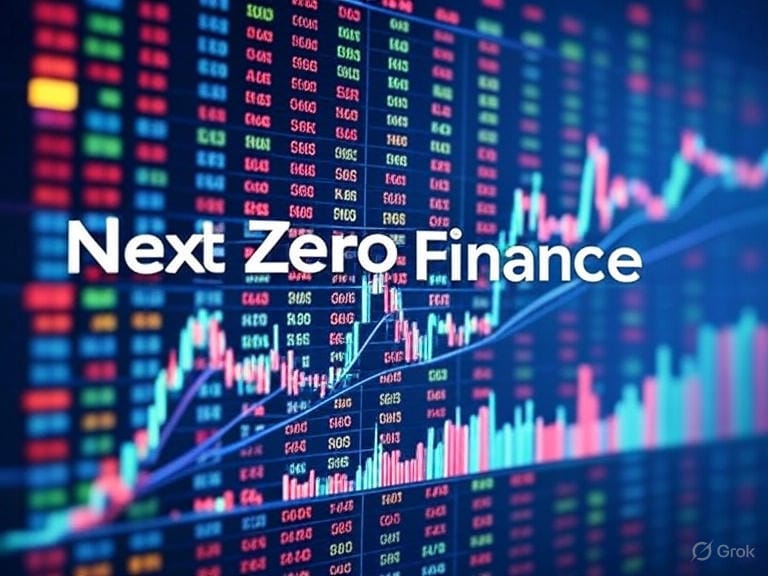Access to information has transformed investing, with headlines screaming of overnight fortunes and viral TikTok tips promising multibaggers in short periods of time. In many cases, it’s not easy to outperform the market, even with a willingness to put in countless hours of research and nerves of steel. I’m not against investing in individual equities, but I also don’t believe that there is enough emphasis put on the power of having a long-term mindset and implementing a disciplined investing approach over a long time duration. I am going to discuss a hidden superpower in finance of compound interest, which anyone can utilize to build wealth.
The Annual Performance From The S&P 500

· The S&P 500 is a market capitalization-weighted index of the 500 leading publicly traded companies in the United States.
· The S&P 500 has delivered an average annual return of 10.33% since 1957
· Since 1928 the S&P 500 has only had 4 consecutive down years once
· Since 1928 the S&P 500 has only had 3 consecutive down years three times
· The S&P 500 has had 30 negative years since 1928
· The S&P 500 has had 67 positive years since 1928
What happens when you just invest in a low-cost index fund focused on the S&P 500
One of the easiest things to do in investing is to continuously allocate capital to a low-cost index fund. There are many quality funds that I could use, but I am going to base my model on the Schwab S&P 500 Index Fund (SWPPX).
· Expense ratio 0.02%
· Net assets $126.49 billion
· No Minimum Investment
· Passive management style
· Inception 5/19/1997
I built a model to showcase what the results would have been if an investor allocated $1,000 every 2-weeks toward an S&P 500 index fund over the past 5-years. I will take a screenshot and put it below, it will be hard to see because of how many lines it took up, so getting it on one screen was challenging.
Here is the framework behind this:
· I allocated $1,000 every 2-weeks toward this model
· I took the actual share price on the date and showed how many shares would be purchased
· I factored in the annualized dividend based on the ex-dividend date and payment date
· The first allocation was on 9/14/2000 of $1,000
· The last allocation was on 9/15/2025 of $1,000

By continuously allocating capital every 2-weeks you’re able to dollar cost average into the S&P 500 and add shares during every cycle of the market. Here are the actual results from what would have happened starting with $0:
· $118,000 would have been invested
· 10,605.52 shares would have been purchased from the bi-monthly investments and reinvesting the dividends
· On 12/18/20 a $134.73 dividend would have been generated
· On 12/10/21 a $450.83 dividend would have been generated
· On 12/9/22 a $853.91 dividend would have been generated
· On 12/8/23 a $1,312.19 dividend would have been generated
· On 12/13/24 a $1,737.54 dividend would have been generated
· The lowest share price shares would have been purchased for was $8.46
· The highest share price shares would have been purchased for was $17.08
· The average price per share would be $11.94
· The current value of the portfolio would be $180,717.99
· The current overall profitability would be $62,717.99 (53.15%)
· The largest tranche of profitability would be on the shares purchased on 10/28/20 which are up 101.42% as they were purchased for $8.46
What would happen over a longer duration of time
If you were to allocate $1,000 per month for 30 years
· $360,000 in contributions
· $1,702,843.31 in interest
· $2,062,843.31 ending balance
If you were to allocate $1,000 per month for 30 years
· $720,000 in contributions
· $3,405,686.63 in interest
· $4,125,686.63 ending balance

In a world bombarded by the allure of quick wins and speculative gambles, the true secret to building millionaire-level wealth can be found outside of chasing the next hot stock or viral tip. The quiet power of patience, consistency, and the mathematical magic of compound interest can allow anyone to generate wealth by simply allocating capital toward a low-cost index fund. My preference is an index fund focused on the S&P 500, but Total Market Funds have historically done very well, too. Whether your dollar-cost averaging $1,000 every two weeks to turn $118,000 in contributions into $180,718 in just five years, or committing $2,000 monthly over three decades to grow $720,000 into over $4 million, the results speak volumes about what is possible without driving yourself crazy on individual equities.
I have always believed that time in the market is more important than timing the market. The hardest part is getting started, and if you start small, automate your contributions, reinvest those dividends, and let time do the heavy lifting, your future self will be very thankful. Anyone can become a millionaire without a windfall of Wall Street wizardry or getting lucky. Hopefully, this article inspires as many people as possible to invest in their future, as investing in low-cost index funds has been a proven way to generate wealth through a long-term mindset.


